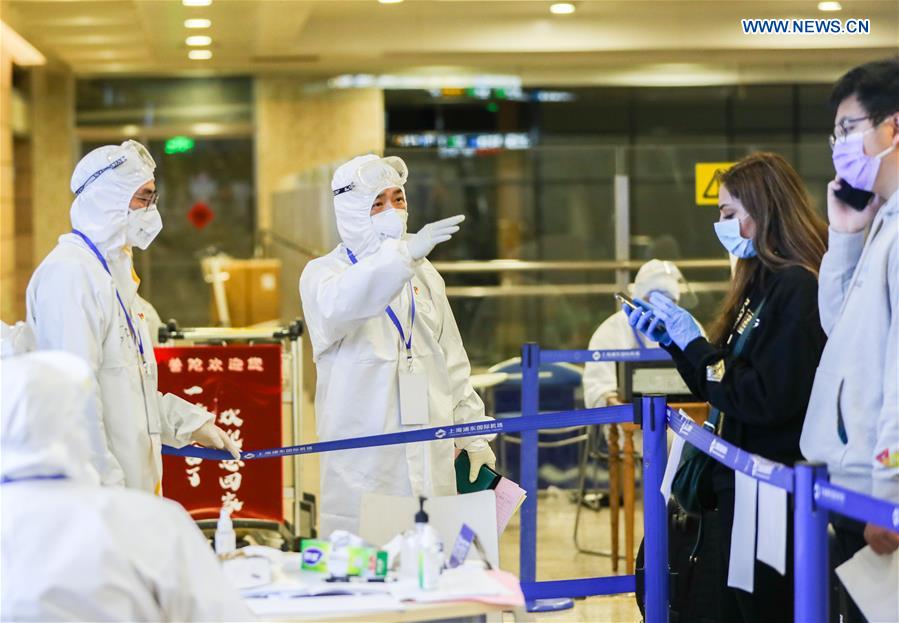What measures has China taken in port management?
It is important to note that the information provided in this Series is intended for your general knowledge only and is not a substitute for professional medical advice or treatment.

With the global spread of COVID-19, China is facing increasing pressure of "imported cases" from overseas. From February 26, when the first imported confirmed case was announced, to April 7, a total of 1,042 imported cases were reported in 26 provincial-level regions in China. In the face of these risks, China has taken a series of measures to guard against imported cases.
1. Upgrading and strengthening port quarantine. The customs timely provide technical guidance, increase the supply of first-line personnel and materials, and constantly improve port quarantine capacity. All local customs strictly implement quarantine measures for all incoming personnel, ensuring 100 percent nucleic acid sampling and testing and 14-day centralized isolation for entrants.
2. Diffusing the risks of imported cases at air ports. The civil aviation departments coordinated and reduced the volume of international flights on March 29. As of April 5, a total of 112 inbound international flights had arrived in China, with about 21,000 passengers and an average daily number of passengers fewer than 3,000, effectively controlling the risk of imported cases. In order to ease the continuously increasing pressure of imported cases at airports in Beijing and to improve the safety and health of passengers entering Beijing via international flights, all international flights bound for Beijing were diverted to designated first entry points.
3. Preventing the importation of cases through land ports and border areas. The National Immigration Administrations closely follow the development of the epidemic situation in neighboring countries. The border police strictly manage the entry of people at ports, minimize cross-border people flows, strengthen front-line border patrol and control, and prevent illegal border crossings on sidewalks, mountain passes and ferries. Local governments strengthen population management in border areas and prevent people from entering the country without registration. The National Health Commission directs local departments to formulate a targeted prevention and control plan for cities in land border areas and to build a full closed-loop chain management of "moving checkpoints forward", entry control, community investigation, outpatient monitoring and medical treatment.
4. Taking a holistic approach to ensure the safety and smooth flow of international cargo. For international ships, foreign crew members are not allowed to land in principle, and Chinese crew members need to proceed 14-day quarantine (including the time at sea). The inspections of cross-border transport vehicles, trains and their staff are strengthened. The unloading staff of foreign freight vehicles must leave China on the same day. Chinese freight drivers should take such measures as filing management, temperature monitoring and regular nucleic acid testing. Closed management is implemented for international flight crew. For the crew who need to continue the international line without leaving the restricted area of the port, the border inspection procedures are exempted to reduce the probability of cross-infection.
References:
[1] 国务院联防联控机制4月6日、20日新闻发布会介绍情况。http://www.gov.cn/xinwen/gwylflkjz83/index.htmhttp://www.gov.cn/xinwen/gwylflkjz98/index.htm
[2] 人民日报海外版:边境口岸输入风险陡增,"外防输入"怎么防?https://baijiahao.baidu.com/s?id=1663412190844660559&wfr=spider&for=pc
[3] 央广网:海关总署加大口岸卫生检疫力度 严守国门第一防线http://china.cnr.cn/yaowen/20200414/t20200414_525052375.shtml
Author: Chen Zheng, Zhong Sheng, Center for International Knowledge on Development
Please feel free to contact us by sending your questions to question@chinadaily.com.cn or commenting on China Daily app. We will ask experts to answer them.














